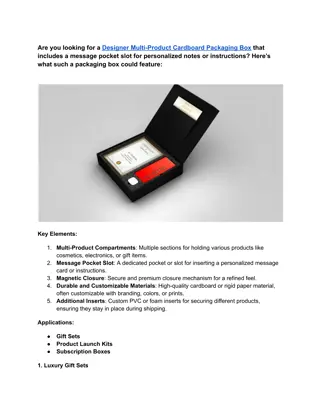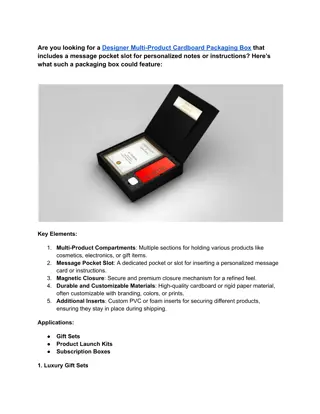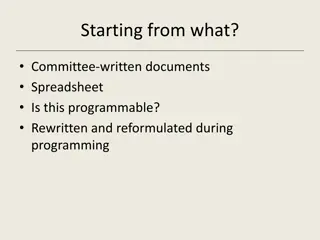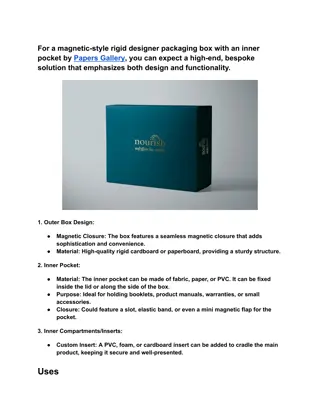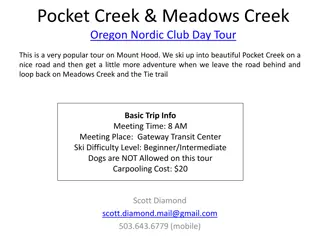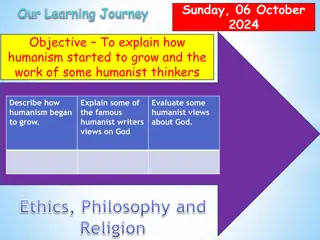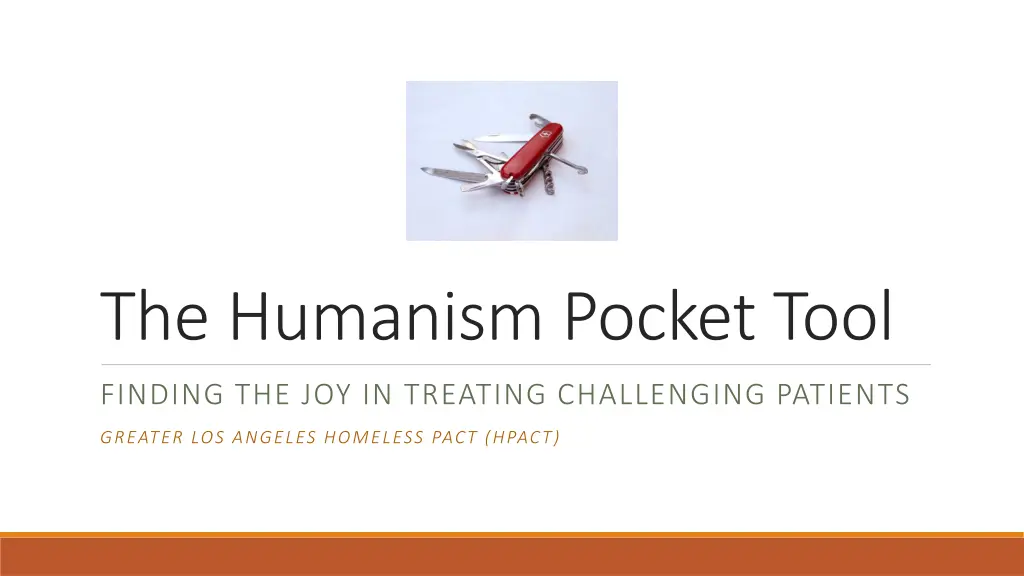
Tool for Finding Joy in Treating Challenging Patients - HPACT Humanism Pocket Tool
Learn how the HPACT Humanism Pocket Tool helps clinicians address automatic emotional responses, providing techniques for better care of homeless patients in Los Angeles. The tool includes seven strategies to stay humanistic, adjust emotional responses, and enhance provider-patient interactions, reducing burnout risk.
Download Presentation

Please find below an Image/Link to download the presentation.
The content on the website is provided AS IS for your information and personal use only. It may not be sold, licensed, or shared on other websites without obtaining consent from the author. If you encounter any issues during the download, it is possible that the publisher has removed the file from their server.
You are allowed to download the files provided on this website for personal or commercial use, subject to the condition that they are used lawfully. All files are the property of their respective owners.
The content on the website is provided AS IS for your information and personal use only. It may not be sold, licensed, or shared on other websites without obtaining consent from the author.
E N D
Presentation Transcript
The Humanism Pocket Tool FINDING THE JOY IN TREATING CHALLENGING PATIENTS GREATER LOS ANGELES HOMELESS PACT (HPACT)
Overview of the HPT Your brain is equipped with inborn, automatic, emotional responses biased to protect you from people who might be dangerous, infectious, or time-consuming. These emotions can sneak up on you. In our work with homeless patients, our interprofessional team had to address these issues head on so we could strive for stronger quality care and provider-patient interactions, while minimizing provider burnout. We developed the Humanism Pocket Tool (HPT) to guide us. The following HPT techniques can be used to adjust your brain and stay humanistic with patients that trigger these strong emotions in you.
Learning Objectives 1) Explain how inborn automatic emotional responses, especially to underserved patient populations, can sneak up on clinicians. 2) List and describe seven techniques to help us adjust these responses and stay humanistic. 3) Create and use a brief vivid description of a patient.
HPACT Humanism Committee Andrew Shaner, MD, Psychiatry Lillian Gelberg, MD, MSPH, Family Medicine Kristin Kopelson, FNP, Nurse Practitioner Michael Soh, PhD, Medical Education Margaret Stuber, MD, Psychiatry Carole Warde, MD, MPH, Internal Medicine
Group Reflection 1. Raise your hand if, in the past month, a patient was angry with you. 2. Raise your hand if, in the past month, you were angry with a patient. 3. Now raise your hand if, in the past month, a patient who had been previously angry with you, or with whom you had been angry, gave you a hug, or some other expression of gratitude.
Paired Exercise I 1) Description of a case that evoked anger, frustration, disgust in you 2) Emotion you felt and what provoked it 3) How that emotion affected care 4) What you did to manage that emotion 5) How you describe the patient to colleagues or in the ID section of progress notes
Humanism Pocket Tool (HPT) The HPT has 7 tools (1) Coach yourself toward a caring frame of mind (2) Be warm (3) Listen actively (4) Create a vivid vignette (5) Use the vivid vignette w/ other professionals to inspire and coordinate (6) During interprofessional meetings, listen actively and appreciate differences (7) Know your colleagues as people
(1) Coach yourself toward a caring frame of mind For example, tell yourself I may be frustrated AND I can choose compassion. Or, Mr. Smith is not himself today. Or, I ve got a strong and compassionate team. (See #5, 6, and 7, on back of card).
(2) Be warm Use your non-verbal behavior tone of voice, physical proximity, touch, and mirroring patient movements to reassure a patient that you are not angry, frightened, or disgusted. Begin by comparing your behavior in warm, professional relationships with your behavior with challenging patients. Then, adjust your behaviors with patients in the warm direction.
(3) Listen actively Begin with a question like What brings you here today? For 3-5 minutes, use only open-ended questions, minimal encouragements to continue, restatement, and empathic remarks.
(4) Create a vivid vignette To discover the patient s aspirations and obstacles, use active listening and questions such as What matters to you? , What brings you joy? , and What gets in the way of you attaining your goals? . Distill this information into a vivid vignette such as 35-year old Marine Corps Veteran, studying to be a pastor but haunted by an Iraqi torture chamber. Tell the patient how you will use the vignette. Read the vivid vignette to the patient and ask what changes you should make. The vivid vignette reassures the patient that you see him or her as a person, not simply a diagnosis.
(5) Use the vivid vignette w/ other professionals to inspire and coordinate care Refer to the patient using the vivid vignette in discussions with colleagues and in the ID or summary section of progress notes. This helps you and your colleagues to see the patient more vividly as a person, and to see your interactions with the patient as part of an evolving story, one in which you may become an important character. As you get to know the patient and the story evolves, update the vivid vignette.
(6) During interprofessional meetings, listen actively and appreciate differences These two techniques - active listening and appreciating differences on your team - help you understand other team member s assessments and treatment proposals and thereby create overall treatment plans no one person could design or deliver. Knowing that your team is both willing and effective allows you to remain humanistic with complex patients who would otherwise seem overwhelming (see #1).
(7) Know your colleagues as people The better you know your colleagues, the better you can see their points of view and the better you can understand their assessments and treatment proposals. Try this: on Monday mornings, check in with some of your team members by asking about their weekend. This will help you know them better.
Paired Exercise II 1) How would you use the HPT to manage the emotion in you elicited by your patient case? 2) In one sentence, describe your patient s ID and include the Vivid Vignette
Wrap Up 1) How can we make the HPT techniques even more time-efficient? 2) What other techniques do experienced clinicians use when they experience strong emotions in response to a patient? 3) What if the clinician works primarily alone without team members, how could they use the HPT?
Please collaborate with us! The Humanism Pocket Tool is under continuous development by: The VA Center of Excellence: Interprofessional Academic - Homeless Patient Aligned Care Team (COE-IA-HPACT) at the VA West Los Angeles Healthcare Center with support from the Arnold P. Gold Foundation. For more HPT cards to give to colleagues, send your address to: Andrew.Shaner@va.gov or Andrew.Shaner@gmail.com. We ll also send you the full manual and an offer to collaborate on further development.









